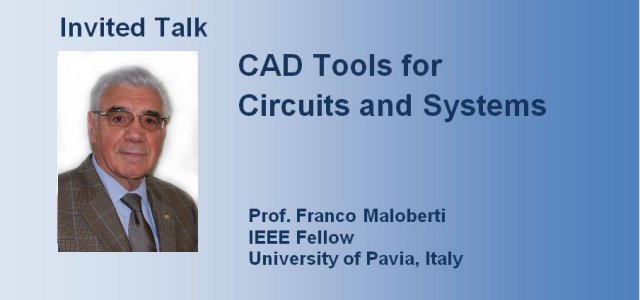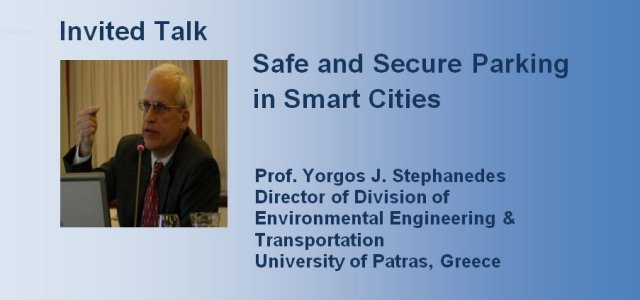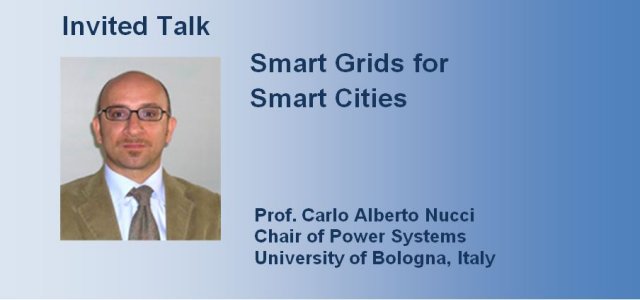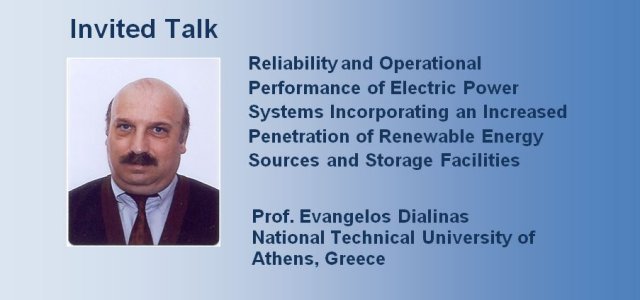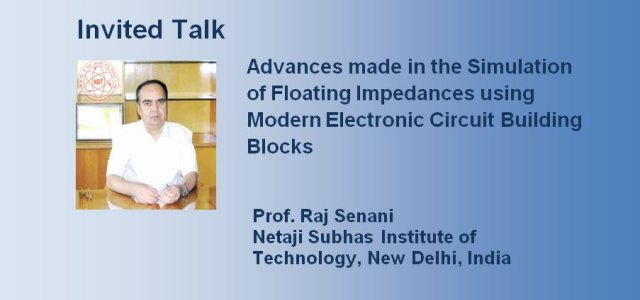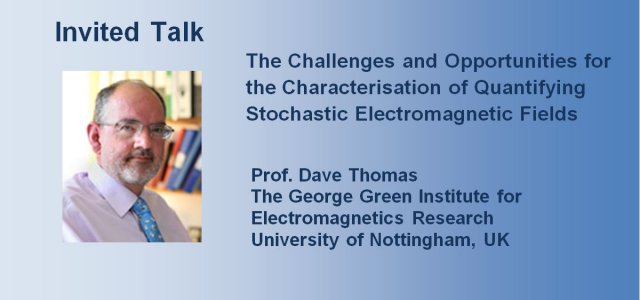
Circuit Theory as Basis for Physically Consistent Modeling of Communication Systems
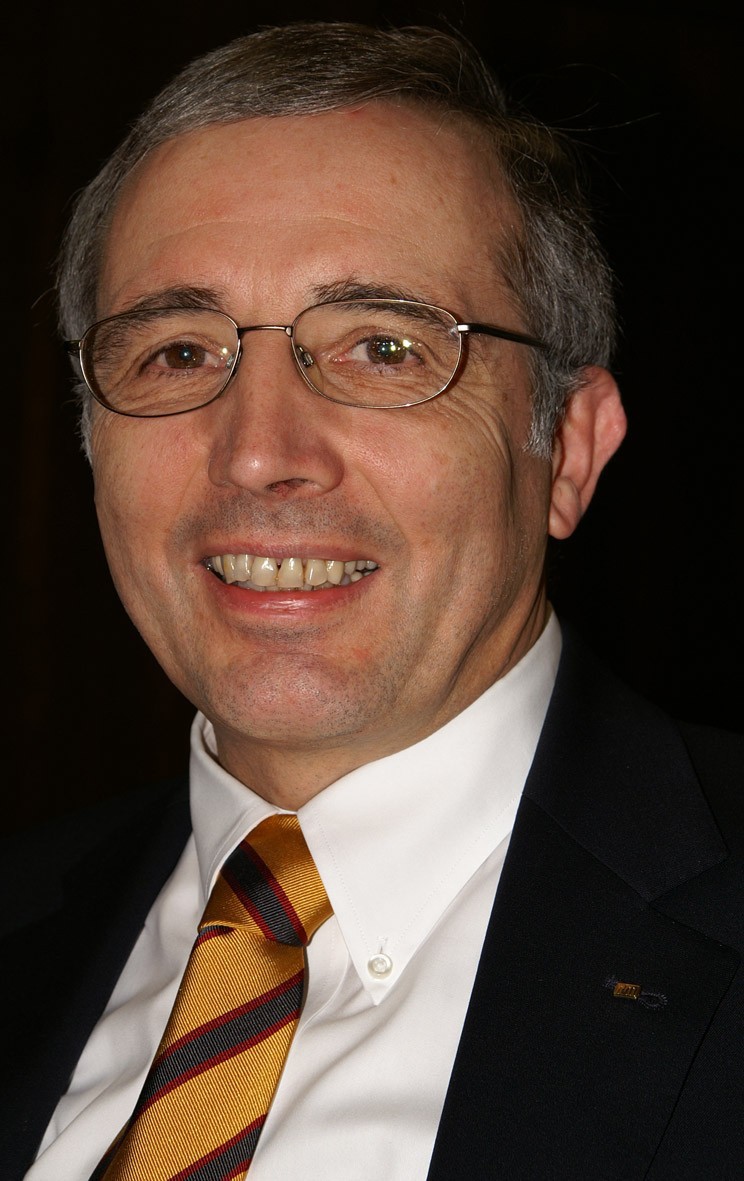
by Prof. Joseph A. Nossek
Technische Universitaet Muenchen, Institute for Circuit Theory and Signal Processing, Muenchen, Germany
Communication Systems are nowadays modeled in a very abstract manner
thereby sometimes loosing physical consistency. Two key issues to be discussed
are as follows: the interconnection of subsystems has to be implemented via
ports and the noise within a subsystem has to be introduced into the system with
the help of Kirchhoffs current and voltage law (KCL and KVL). This is quite in
contrast to the usual block diagram description of communication systems,
where subsystems are connected with only a single variable per input/output.
To correctly describe power/energy flow always pairs of conjugated variables
are needed (voltage and current, incident and reflected wave, electric field and
magnetic field). With a single variable per port it is not always possible to
compute power flow correctly.
Noise is usually introduced ad hoc at some point with an adder, which adds
noise with a given variance (see e.g. the socalled Additive White Gaussian
Noise AWGN). In this ad hoc manner any dependency between the variance of
the noise and some deterministic systems parameters is not taken into account.
With very simple examples it will be shown how to model noisy subsystems
correctly and how this reveals dependencies , which are otherwise are ignored.
This opens up new insight for the design of matching networks for highly
sensitive receivers.
